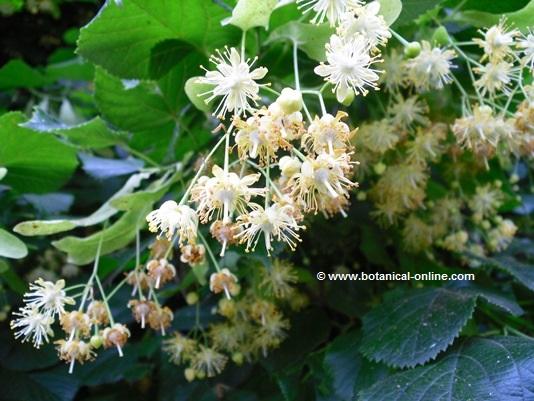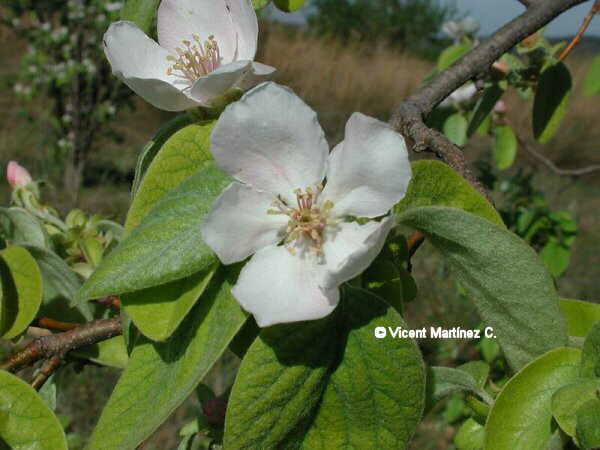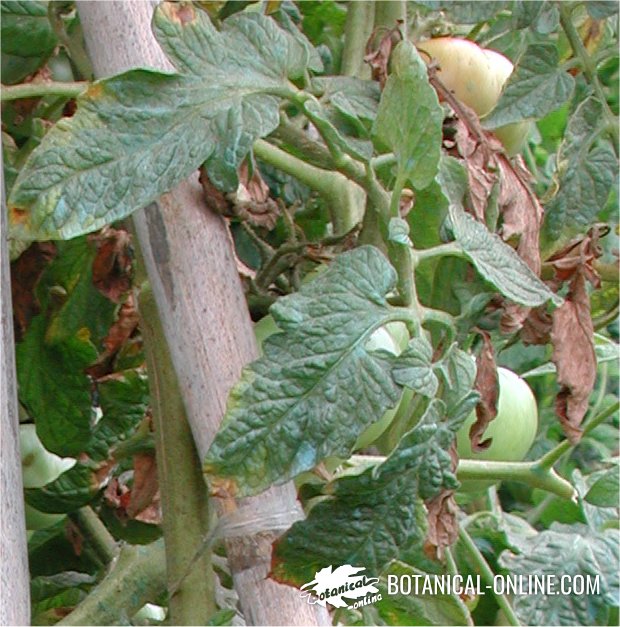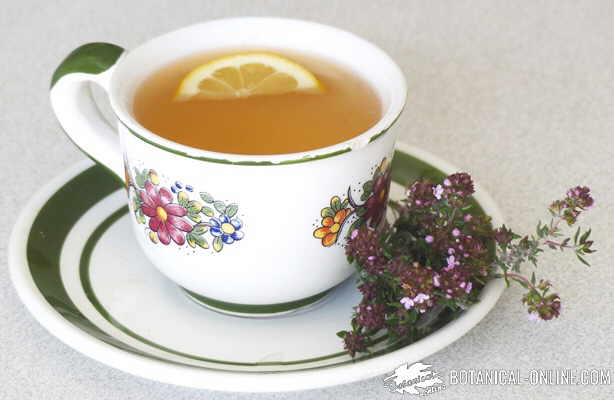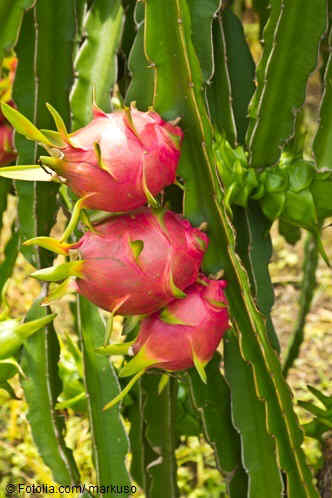Contents
What is a star anise plant?
Characteristics of star anise plant (Illicium verum)
Common English name: Star anise, star anise seed, Chinese anise, Chinese star anise, badiam
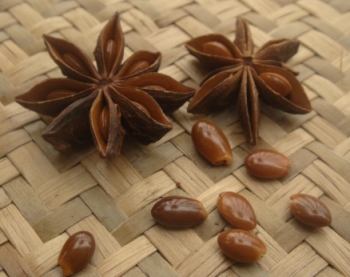 Photo of star anise with seeds Photo of star anise with seeds
| ||||||||||||||||||||
Etymology: the term badiana comes from the Latin ” badius “, which refers to the brown color of the fruits of the plant. Badiana refers to the plant that produces star anise, which is popularly used as a spice.
The spice, the star anise, shares the anise name with the common anise, since they have a similar fragrance because both are rich in anethole in their essential oil. The star-shaped adjective alludes to the shape of its carpels, in a shape that resembles a star.
Scientific name: Illicium verum Hook
Etymology: The genus Illicium comes from the Latin “illicere”, which means to excite, due to the intense aroma of the fruits of this plant.
Family: Illiciaceae
Origin: plant native to southwest China and Cochinchina.
Habitat: native to southern China, in Yunnan province.
Distribution: Buddhists took the badiana to Japan, where it can still be found today in many Buddhist temples. It grows wild or cultivated in China, Korea, Japan, Java, Philippines and the USA.
Botanical description of Star Anise
Star aise or badiam (Illicium verum) is a perennial shrub of low height, that can measure between 2 and 5 meters.
The bark of the trunk is pale and its branches are erect.
The leaves are entire, with petiole and lanceolate, that can remember the leaves of the sweet bay (Laurus nobilis).
The flowers are solitary. They have 15 to 20 petals of yellowish green or pink, arranged in a spiral.
The fruit is a poly-achene, pedunculated, dehiscent and consisting of a set of 7-12 woody mahogany carpels arranged in the shape of a star.
Inside each carpel there is a seed, oval, flat, shiny and hard.
The fruit has an aroma that resembles the common anise, due to this, both spices share their wealth in anetol.
Important Note: adulteration of star anise
Star anise should not be confused with Japanese star anise or Japanese badiam (Illicium religiosum = Illicium anisatum); In this case, it is a toxic plant that should not be used in food or as a remedy.
Parts of the plant used of star anise
– Fruit: the fruit is edible and it is used in food as a culinary spice and medicinal plant.
Uses of star anise
- Spice: its flavor is reminiscent of anise. It is used mainly in pastry and confectionery.
- Medicinal: becasue its content in anethole, this plant receives great interest in phytotherapy. In Traditional chinese Medicine, it is very used as a natural remedy, specially by many of the cultures in the Asian continent.
Among its properties, star anise is used as an analgesic to treat the pains of intestinal cramps and rheumatic pains.
- Ornamental: the Japanese usually plant it in temples and cemeteries.
- Incense: in Japan and some regions of Asia, it is often used as natural incense to scent homes with its exquisite fragrance.
Composition of star anise
| Composition of star anise | |
Components of star anise | Amount (in ppm.) |
| Anethole (trans-anethole) | 45.450 |
| Estragole | 6.500 |
| Limonene | 5.220 |
| Caryophyllene | 3.600 |
| 1,8-cineole | 3.500 |
| Feniculin | 2.550 |
| Linalol | 1.400 |
| Alpha-terpinene | 1.310 |
| Alpha-copaene | 1.100 |
Allo-aromadendrene | 1.050 |
| Alpha-humelene | 900 |
| P-anisaldehyde | 850 |
| Beta-phellandrene | 835 |
| Calamene | 650 |
| Beta-copaene | 500 |
| Alfa-phellandrene | 435 |
| Terpinolene | 400 |
The composition of the star anise mainly emphasizes its richness in aromatic components. Chemically, these components are terpenes, monoterpenes or sesquiterpenes, and are manufactured by plants as a natural defense. For example, eugenol is an insecticidal component and is a defense mechanism of the plant against its predators.
In medicinal practice, these compounds exert different effects on the body, which phytotherapy has historically collected in its traditional remedies.
Essential oil of star anise
Essential oil of star anise (5-8%) contains: Anethole (80-90%), estragole, limonene, caryophyllene, cineole, feniculin, linalool, alpha-pinene, alpha-terpinene, p-cymol, beta-farnesol, bisabolene, alpha-terpinene.
Aromatic compounds are present in the essential oil of the plant:
Among all the components of the plant, the most abundant is anethole.
Anethole has effects on the nervous system, is analgesic, anesthetic, antioxidant, very aromatic and has a sweet taste.
It is used to treat cramps, pain caused by cramps and in confectionery, as a sweetener and flavor.
Estragole is the second most abundant component in this aromatic spice. Estragole or methyl-chavicol is found in abundance in basil, and in essential oil of tarragon. It has some toxic effect on the nervous system when taken in excess or in essential oil. In small doses, it is digestive.
– Organic acids: protocatechuic acid, shikimic acid and quinic acid.
– Saponins
– Tannins
– Carbohydrates: Starch
– Fibers: pentosans, resins, pectin, mucilages.
![]() More information on star anise
More information on star anise

